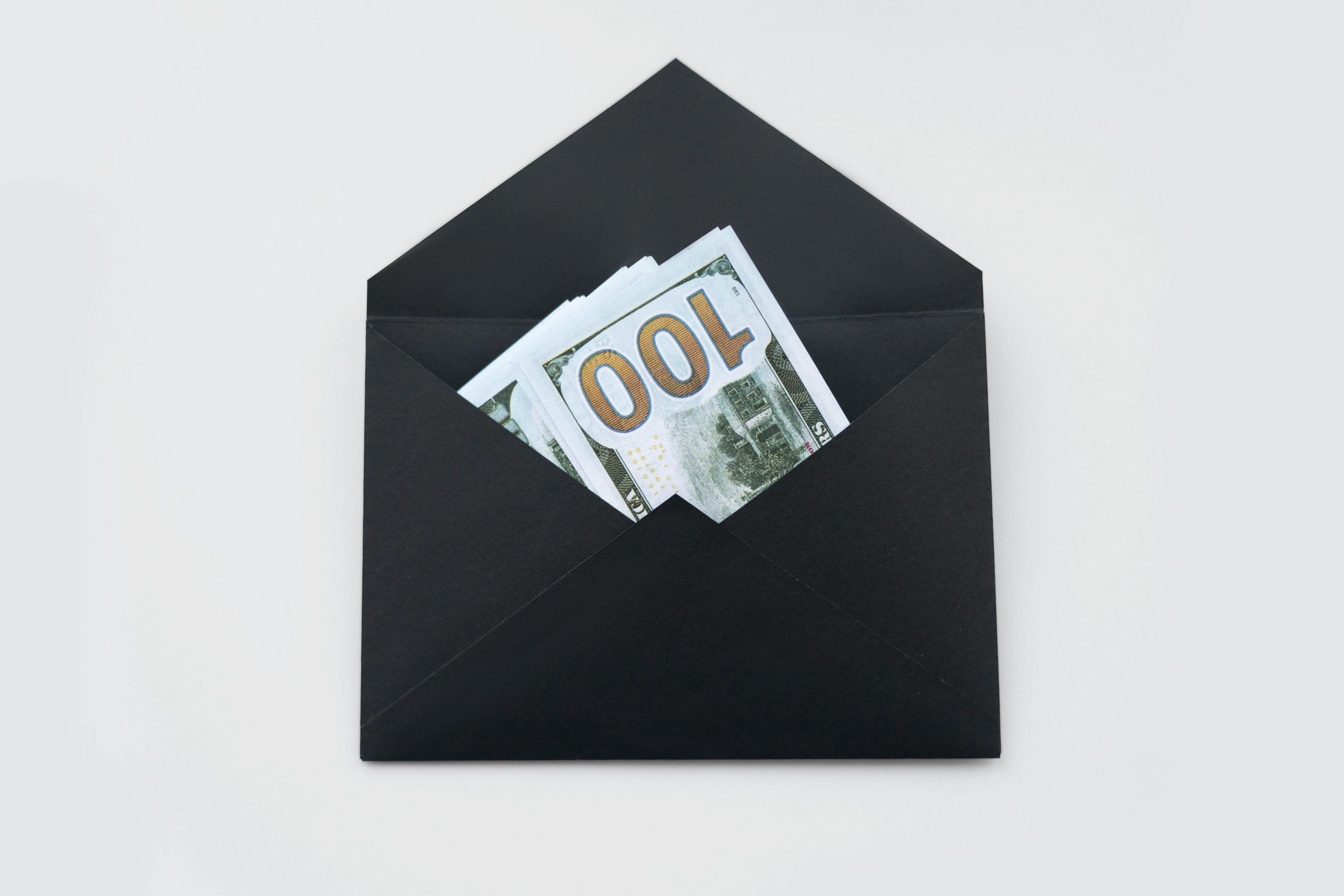Managing your finances can feel overwhelming, especially when unexpected expenses arise or spending habits spiral out of control. If you’re looking for a simple yet powerful way to take charge of your money, the envelope budgeting method might be the perfect solution. This cash-based system helps you allocate funds to specific spending categories, ensuring you stay within your limits while avoiding debt. In this guide, we’ll walk you through how to use the envelope budgeting method effectively to achieve financial success.
What Is the Envelope Budgeting Method?
The envelope budgeting method is a straightforward approach to managing your money by dividing it into physical or digital envelopes, each representing a specific spending category. The idea is simple: once the cash in an envelope is gone, you stop spending in that category until the next budgeting period. This method prevents overspending and encourages mindful financial habits.
How It Works
Here’s a basic breakdown of how the envelope budgeting method works:
- Identify Spending Categories: Start by listing your essential expenses, such as groceries, transportation, entertainment, and utilities.
- Allocate Funds: Assign a specific amount of cash to each category based on your monthly budget.
- Use Cash Only: Withdraw the allocated amounts and place them in labeled envelopes.
- Track Spending: Only spend what’s in each envelope—once it’s empty, you’re done for the month.
Step-by-Step Guide to Implementing the Envelope Budgeting Method
Ready to give the envelope budgeting method a try? Follow these steps to set it up successfully.
Step 1: Assess Your Income and Expenses
Before you start, you need a clear picture of your finances. Calculate your monthly income after taxes and list all your fixed and variable expenses. Fixed expenses include rent, utilities, and loan payments, while variable expenses cover groceries, dining out, and entertainment.
Step 2: Create Spending Categories
Divide your expenses into categories that make sense for your lifestyle. Common categories include:
- Housing (rent/mortgage, utilities)
- Groceries
- Transportation (gas, public transit)
- Entertainment (dining out, hobbies)
- Savings and debt repayment
Step 3: Set Budget Limits for Each Category
Based on your income and expenses, assign a realistic spending limit to each category. Be honest about your habits—if you tend to overspend on dining out, set a strict limit to curb unnecessary expenses.
Step 4: Withdraw Cash and Fill Your Envelopes
Once your budget is set, withdraw the cash you’ve allocated for variable expenses. Place the exact amounts into labeled envelopes. For fixed expenses paid electronically (like rent), you can skip the cash step and keep track digitally.
Step 5: Spend Only What’s in the Envelopes
The key to success with this method is discipline. If your “Groceries” envelope runs out before the month ends, you’ll need to adjust—either by cutting back elsewhere or waiting until the next budgeting period.
Tips for Making the Envelope Budgeting Method Work for You
While the envelope system is simple, sticking to it requires commitment. Here are some tips to maximize its effectiveness.
Start Small and Adjust as Needed
If you’re new to budgeting, begin with a few key categories and expand as you get comfortable. Review your spending each month and adjust allocations to better reflect your habits.
Use Digital Tools for Hybrid Budgeting
If carrying cash isn’t practical, consider using budgeting apps that simulate the envelope system digitally. Apps like Goodbudget or Mvelopes let you allocate funds virtually while maintaining the same principles.
Roll Over Unspent Money
If you have leftover cash in an envelope at the end of the month, you can either roll it over to the next month or move it to savings. This reinforces positive spending habits and builds financial security.
Avoid Borrowing Between Envelopes
Resist the temptation to “borrow” from one envelope to cover overspending in another. Doing so defeats the purpose of the system and can lead to budget imbalances.
Common Challenges and How to Overcome Them
Like any budgeting method, the envelope system has its challenges. Here’s how to tackle them.
Difficulty Tracking Cash
If you’re used to digital payments, handling cash can feel inconvenient. Keep receipts or use a spending journal to track where your money goes.
Unexpected Expenses
Life happens, and emergencies arise. To prepare, create an “Emergency Fund” envelope or maintain a separate savings account for unforeseen costs.
Overspending in Certain Categories
If you consistently overspend in one area, reevaluate your budget. You may need to adjust allocations or identify ways to cut back.
Conclusion
The envelope budgeting method is a tried-and-true strategy for taking control of your finances. By allocating cash to specific spending categories, you gain clarity, reduce impulse purchases, and build better money habits. While it requires discipline and occasional adjustments, the rewards—financial freedom, reduced stress, and smarter spending—are well worth the effort. Start small, stay consistent, and watch your financial confidence grow.
